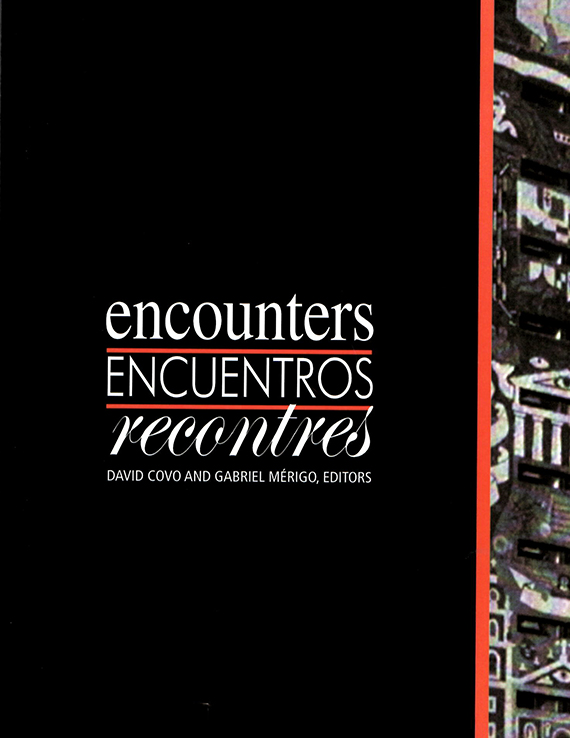Author(s): Phoebe Crisman
America, you have it better than our old continent;you have no ruined castles and no primordial stones.Your soul, your inner life remains untroubled byuseless memory and wasted strife.—Johann Wolfgang GoetheThe nineteenth and twentieth-century construction of private places for industrial production, and their re-conceptualization as public sites of culture is a relatively recent social and spatial practice. Much has been written about the privatization of public space, but little scholarly work has studied the opposite phenomenon. Numerous New England towns, often founded, planned, and economically dominated by private textile manufacturing companies, have been formally and programmatically transformed into tourist sites such as National or State Parks, commemorative Historic Sites, and public-supported Museum complexes. The formerly derelict, thirteen-acre Arnold Print Works in North Adams, Massachusetts is an example of a site that has undergone this process.The twenty-six building site, listed on the National Historic Register, has been recently re-imagined and physically reconfigured into the Massachusetts Museum of Contemporary Art, or MASS MoCA—a place of interrelated art production, exhibition, and performance. This essay examines the difficulty of preserving the specifics of place embodied within a historically significant industrial site, while shifting the buildings and landscape to new cultural uses. My direct involvement as MASS MoCA project manager and design architect with Bruner/Cott & Associates affords an insider’s view of the design intentions and physical strategies employed in the transformation with the added benefit of a critical distance afforded by the passage of time. During the typically rushed professional design process, underlying theoretical positions are rarely directly examined. Conflicts between client and architect, or within the design team itself usually rest on unspoken philosophical differences embodied in stylistic or functional considerations. Ultimately this essay is a case study into the complex issues that provoked and grounded the design process: ruin and weathering, openness to interpretation, “symbolic persistence,” collective memory and architectural palimpsest. It also investigates forces underlying the popular demand for commemorative public sites within such lost landscapes of labor.
Volume Editors
David Covo & Gabriel Mérigo Basurto
ISBN
0-935502-57-2

 Study Architecture
Study Architecture  ProPEL
ProPEL 
